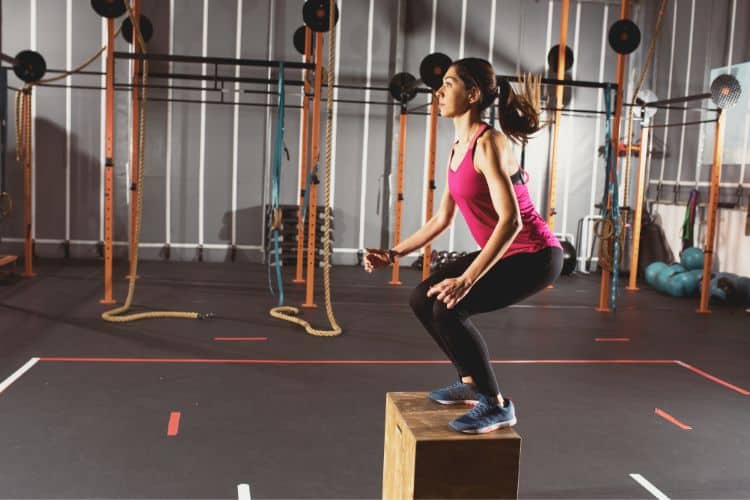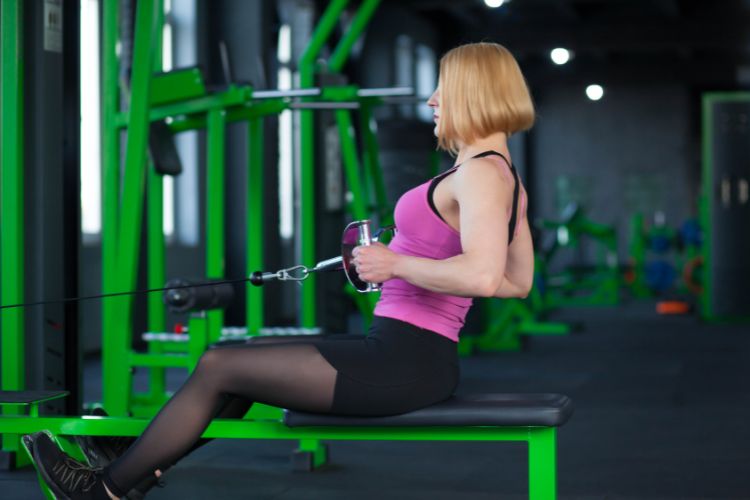Sign up for workout ideas, training advice, reviews of the latest gear and more.






Cable row workouts are among the most effective exercises for building strength, improving posture, and achieving a toned and sculpted back. For women, incorporating cable rows into your fitness routine can have tremendous benefits, including enhanced muscular endurance, reduced risk of injury, and improved daily functional strength. This guide dives deep into cable row workouts tailored for women, exploring proper techniques, variations, and how to create a workout plan that suits your fitness goals.
Cable rows primarily target the latissimus dorsi, rhomboids, and trapezius muscles, all of which are essential for a strong and defined back. For women, having a strong back helps improve posture and prevents muscle imbalances caused by desk jobs or everyday activities.
With regular practice, cable rows can counteract the effects of slouching and rounded shoulders. The pulling motion encourages a more upright posture by strengthening the muscles responsible for spinal alignment.
Cable rows engage the core throughout the movement, helping women develop better stability and balance. A strong core not only supports your back but also aids in overall functional fitness.
Strength training exercises like cable rows increase muscle mass, which boosts your resting metabolic rate. This helps in burning more calories throughout the day, making it an excellent exercise for weight management.
Strengthening your back and core through cable rows reduces the risk of injuries, particularly those related to poor posture, weak muscles, or overuse.
A cable machine with an adjustable pulley is the best tool for performing cable rows. Make sure to select an appropriate handle attachment, such as a V-bar, wide-grip bar, or rope, depending on the variation you’re targeting.
The classic seated cable row is a staple for back training. It targets the middle back and helps in building strength and muscle definition.
This unilateral variation helps correct muscle imbalances and adds a challenge to your core stability.
Using a wide grip targets the upper back and rear deltoids, giving your back a broader appearance.
This variation emphasizes the rear deltoids and biceps workout while allowing for a greater range of motion.
This functional variation engages more stabilizing muscles, including the core and lower body.
If you’re new to cable rows, start with light weights and focus on mastering your form.
Once you’re comfortable with the basics, increase the weight and incorporate variations.
For experienced lifters, focus on progressive overload and advanced techniques.
Proper technique is crucial for targeting the right muscles and preventing injuries. Avoid using momentum or jerking the weight.
Gradually increase the weight or repetitions over time to continue challenging your muscles and making progress.
Pair cable rows with complementary exercises, such as push-ups or dumbbell chest presses, to create a balanced upper-body workout.
Always warm up with dynamic stretches and light cardio before your workout. Cool down with static stretches to improve flexibility and reduce muscle soreness.
Pair your workouts with a balanced diet rich in protein, healthy fats, and complex carbohydrates to fuel muscle growth and recovery.
Cable row workouts are a fantastic addition to any fitness routine for women, offering a multitude of benefits, from building strength to improving posture and burning calories. Whether you’re a beginner or an advanced lifter, the versatility of CR ensures there’s a variation suited to your fitness level and goals. By following the tips, variations, and workout plans outlined in this guide, you’ll be well on your way to achieving a strong, toned, and healthy back. Remember to stay consistent, focus on your form, and enjoy the process of building strength and confidence!
Stay up to date on the latest women’s health, fitness and lifestyle trends and tips.